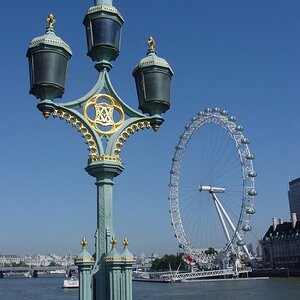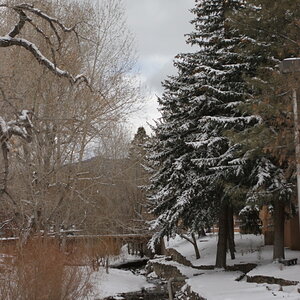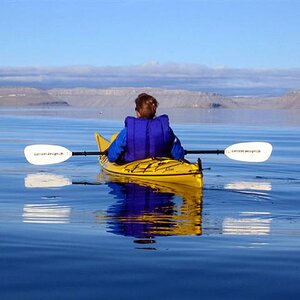Matt.H
TPF Noob!
- Joined
- Jul 10, 2006
- Messages
- 65
- Reaction score
- 0
- Can others edit my Photos
- Photos NOT OK to edit
I am just starting out in the world of film and have some questions.
1. I know that this question has been asked before and I know the results vary, but what is a good general all around film of good quality (both color and b/w)? and by good quality I mean semi-pro/pro. (I love shooting landscape/nature/still life)
2. How do I go about getting it developed? Since I am just starting out I dont want to dive right into doing it myself.
Thanks, Matt
1. I know that this question has been asked before and I know the results vary, but what is a good general all around film of good quality (both color and b/w)? and by good quality I mean semi-pro/pro. (I love shooting landscape/nature/still life)
2. How do I go about getting it developed? Since I am just starting out I dont want to dive right into doing it myself.
Thanks, Matt



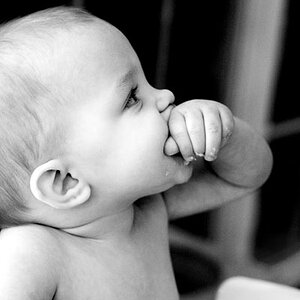

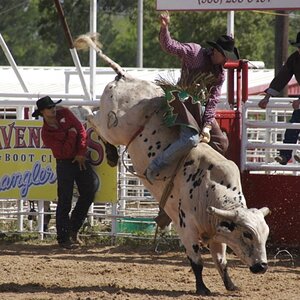


![[No title]](/data/xfmg/thumbnail/38/38739-1ad36a46750bafbe805f009b4453e8be.jpg?1619738703)
